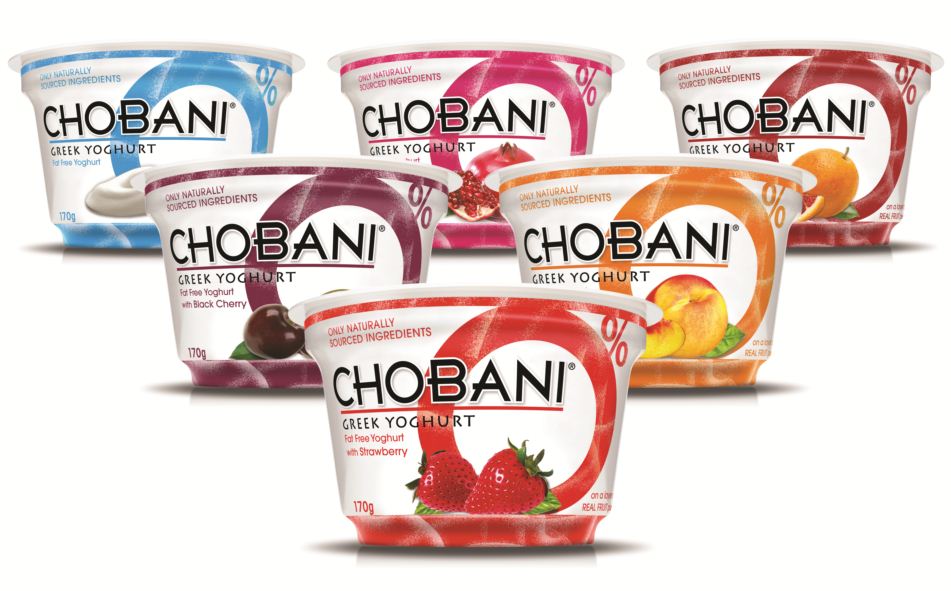I know many of my friends prefer to consumer Greek yoghurt, like Chobani and Fage, over the ‘normal’ yoghurt you may find in your local grocer’s dairy aisle. Why is that so? In recent years, Greek yoghurt has become an inescapable food phenomenon; claiming to be the healthier alternative, with less sugar and less fat in it. From what the New York Post reported, at least one of these are true.
Barry Stoltz and Allan Chang are suing the two ‘Greek’ yoghurt companies, claiming that by labeling their yoghurt as misleading, a major food safety concern. Customers would presume that the “0%” that is printed on the packaging is and indicator of zero sugar. Chobani uses “evaporated cane juice” as a sweetening agent, when it is the same thing as sugar. Consumer have a right to know exactly what they are buying and this unclear packaging is causing problems.
Though some consumers are able to discern that the “0%” listed is in fact an indication of ‘no fat’ rather than ‘no calories or no sugar’, the “evaporated cane juice” causes another issue. The ‘healthy’ yoghurt we see in our supermarkets, in truth, contain more sugar that an ice cream car. For example, a normal ice cream bar can contain 15 grams of sugar where as Chobani’s Honey Bee Nana Yoghurt contains 16 grams of sugar.
For the full article, click here.
